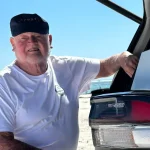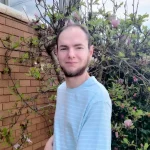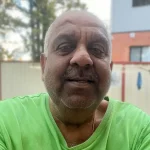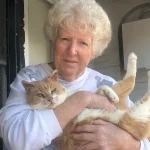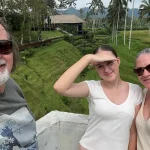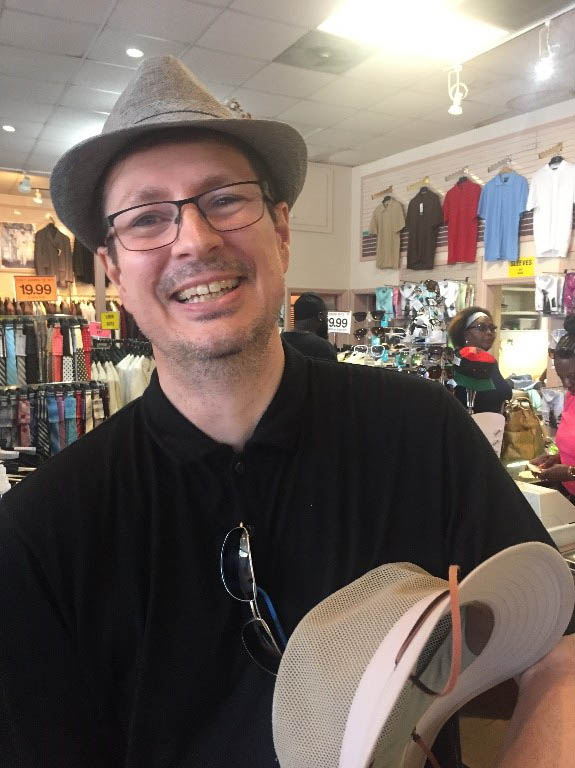Stephen Jackson
May 11, 2004. I was almost there. A short walk up City Rd from our apartment in Chippendale to work in the Darlington part of the University of Sydney campus. Just after 8; hurrying just a little so as to finish a report due that week.
Needless to say, I never got there. Indeed, I never made it back to the apartment my spouse, Jennifer, and I rented. Meanwhile I was in Royal Prince Alfred Hospital recovering from emergency surgery.
As I passed the Chemistry Building on City Road I swallowed a hot rock. That is how it felt. Almost immediately, I felt like I was going to black out. Quick call to work: “Call 000, I’m having a heart attack”, quick call to Jennifer, at that moment half way across the Bridge on her way to work: “I’m having a heart attack, I’m in front of the Chemistry Building.” Then, flat on my back on a half wall, I lay unconscious.
It was no heart attack but a massive aneurysm of my aorta right next to the aortic valve. The hot rock was my aorta dissecting, all the way down to my legs, and up the carotids. There was pain to be sure, but the surge of adrenaline, the thought, “I’m dying here,” blotted that out. I was 36. No history of any heart problems. No history of shredding arteries. I was just walking to work.
After that there are only snippets I recall until post-surgery: Jennifer arriving, “Where is the ambulance?!”, “Here is the ambulance,” being told in emergency by an intern that it was no heart attack, and being told to call my mother because it was a 50/50 proposition going into theatre. That was rough!
The legend goes that Dr Bannon was on call and got off his surfboard that morning to come in and patch me up; to save my life. I reckon he did. Afterwards Dr Bannon said that another surgery was likely before I could leave the hospital. The dissection was very severe. The outlook was uncertain.
But I didn’t need more surgery. Dr Bannon’s Bentall repair was brilliant. But a dissected aorta does stretch. By late 2014, and after Jennifer had given birth to our beautiful twin girls, more lives Dr Bannon had enabled, it looked like a grapefruit was lodged in my abdominal aorta. This time, I was operated on in the US where we now live, however, the surgery didn’t go as smoothly, due to persistent infections post-surgery and a second operation to replace an infected aortic graft. Such is the gift of a connective tissue disorder! But I’m fine now. I drive to work.
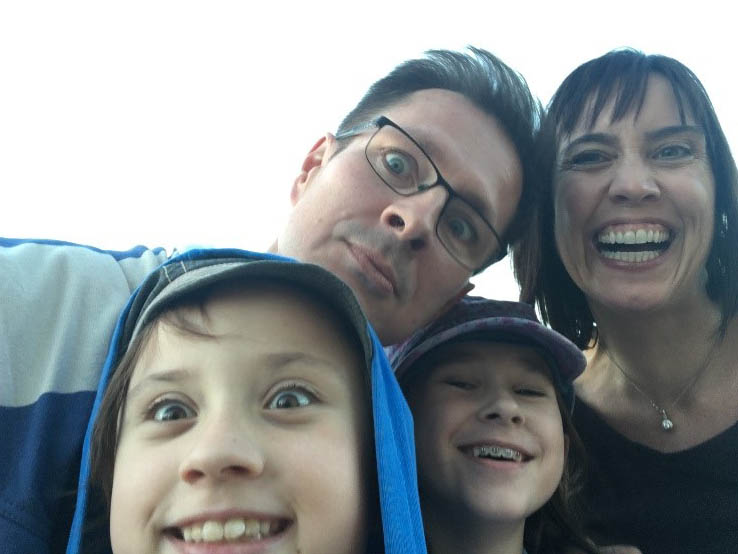 I still do not know why this bizarre event occurred and that troubles me beyond the grief and loss that such an event throws your way. It is not normal to have a massive aortic aneurysm and dissection at age 36. Test for Marfans? Nope, not Marfans. Subsequent tests for the other known connective tissue disorders that have been isolated since 2004 have come back negative too. But, as every surgeon and specialist has said to me since Prof Bannon and his colleague, Prof Richmond Jeremy, first expressed their opinion, I have a connective tissue disorder, but it just hasn’t been identified – yet!!!
I still do not know why this bizarre event occurred and that troubles me beyond the grief and loss that such an event throws your way. It is not normal to have a massive aortic aneurysm and dissection at age 36. Test for Marfans? Nope, not Marfans. Subsequent tests for the other known connective tissue disorders that have been isolated since 2004 have come back negative too. But, as every surgeon and specialist has said to me since Prof Bannon and his colleague, Prof Richmond Jeremy, first expressed their opinion, I have a connective tissue disorder, but it just hasn’t been identified – yet!!!
“May 11, 2004, constantly reminds me that life has no guarantees and it is best not to wait if you want to leave a meaningful legacy. Paul Bannon and the team at The Baird Institute are leaving a massive legacy – of research, training and care – that has changed lives and will continue to do so for a long time. I was struck, when I saw Dr Bannon recently for the first time in a decade, by his humility. He voiced surprise when I expressed my amazement at his fund-raising work, his commitment to public health, surgical training and pure research. His work, and the work of his colleagues need our support. They are saving lives and giving life where there would have been none!”
Suspicions of connective tissue disorders often only become apparent when a person suddenly dies. I was very lucky. For all those who never make it to hospital, for those who keep requiring surgery without a positive diagnosis, and especially for the dream of identifying those at risk before the ‘swallowing the hot rock’ moment, please support the work of Prof Bannon and his colleagues at The Baird Institute.

